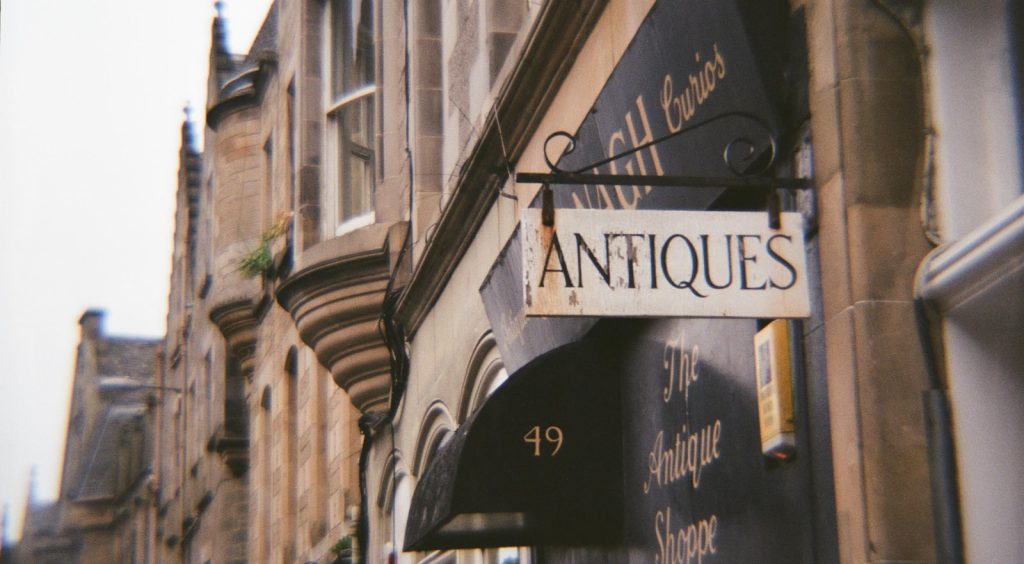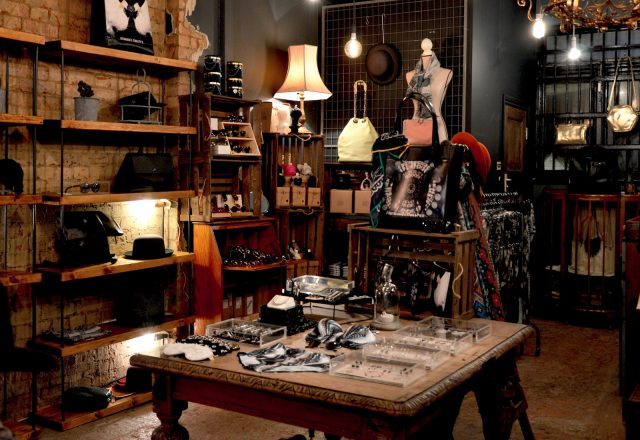Do you have a love for history and a passion for collecting? Antiques can be the perfect way to bring history into your home. For those considering getting started with antique collecting, it is important to understand what makes an antique valuable, how to evaluate an item’s condition, and where to find them. This article will provide insights on discovering the value in antiques so that you can start your collection off right.
What Are Antiques?
Antiques are items that are collectibles that have been around for a long period of time. Antiques must generally be at least 100 years old to be considered as such. Many enjoy collecting and restoring these pieces to their original condition or using them in the home.
When it comes to antique shopping, there is no one-size-fits-all approach. Different types of antiques can range from furniture and art to pottery and jewelry. Whether you’re looking for something unique or trying to find an item with a special meaning, antiques can provide you with the perfect piece for your collection. Before buying an antique item, it is essential to research its history and value so you know exactly what you are getting yourself into before making a purchase.
Benefits of Collecting Antiques
Antiques are more than just decorative pieces or conversation starters; they can bring numerous benefits to their collector. Collecting antiques is a great way to connect with history and can provide the collector with a unique hobby that will never go out of style. Furthermore, collecting antiques can also be an excellent investment opportunity, as some pieces may increase in value over time.
There are many advantages to buying and collecting antiques. It gives the collector something interesting to do in their spare time, immersing them in history and learning about different cultures and eras. Additionally, antique collectors who specialize in specific periods or items may be able to spot rare finds that could potentially increase significantly in value when sold on the market.
Where to Find Antiques

If you’re looking for a unique piece of furniture, an old-fashioned heirloom, or just something to add a vintage character to your home, then antiques are the way to go. Whether you’re a serious collector or just browsing for fun, there are plenty of places to find antiques that suit your style and budget.
One great place to start is auction houses. They usually have frequent auctions where items from estates and private collections come up for sale. If you’re lucky enough to live near one, this can be an excellent opportunity to find high-quality pieces at reasonable prices. Flea markets are also popular spots for antique hunters; it may take some digging, but you can often stumble across hidden gems amidst the clutter.
How to Evaluate Quality & Value
It is not always easy to determine the value and quality of antiques. Antiques are pieces collected for their age, rarity, and aesthetic beauty. When evaluating the quality and worth of these items, there are a few key factors to consider.
The first step in determining the value of an antique should be researching its history. Knowing where it came from, what it was used for, how old it is, as well as any other information about its origins, can give you an idea of what kind of price range you might expect. Additionally, look closely at the condition and craftsmanship of the item before making your assessment. Is there any wear or damage? How detailed is the workmanship? These details can all have an impact on its market value.
Research & Learn About Your Finds
Antique shopping can be a great way to spruce up your home and provide a great investment opportunity. But knowing how to research and learn about the antiques you discover can seem daunting if you’re unsure where to start. There are several excellent methods for discovering the value in the antiques you find, from understanding history and design styles to researching current market values.
The first step is learning more about antique pieces in general. Knowing the different design periods of furniture can help you make better decisions when selecting items for purchase or restoration. Additionally, becoming familiar with common antiques such as china, silverware, and jewelry will give you an edge when it comes time to haggle prices with vendors.
Investing in Restoration
Investing in restoring antiques can be a great way to profit and make money by discovering the hidden value of antique items. Whether it is furniture, jewelry, or collectibles, restoring antiques allows individuals to build something with their own two hands and earn a return on their investment. To get started in this potentially lucrative business, there are a few things to consider before diving in headfirst.
First and foremost, research is key when investing in restoring antiques. Conducting thorough research into the item’s history will help you determine its true worth and discover any uncommon features that could add to its overall value when professionally restored. Additionally, researching market prices for similar items will give you an idea of what may be possible when reselling after restoration.
Discovering Value
Discovering the value in antiques is a rewarding experience and can benefit both the collector and the seller. You must know what they are purchasing, so learning how to start with antique collecting is essential.
From researching potential purchases online to inspecting items before purchase and understanding value based on condition and rarity, there are plenty of ways to ensure that antiques are a wise investment. Additionally, prospective collectors should understand various factors such as age, brand, and origin when buying antiques. Ultimately, these steps will provide long-lasting value for buyers’ collections.






























